
Designing Microservices Platforms with NATS. A modern approach to designing and implementing scalable microservices platforms with NATS messaging Chanaka Fernando
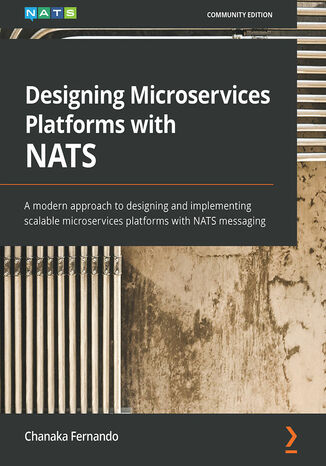



- Autor:
- Chanaka Fernando
- Wydawnictwo:
- Packt Publishing
- Ocena:
- Stron:
- 356
- Dostępne formaty:
-
PDFePubMobi
Opis
książki
:
Designing Microservices Platforms with NATS. A modern approach to designing and implementing scalable microservices platforms with NATS messaging
In Designing Microservices Platforms with NATS, you’ll learn how to build a scalable and manageable microservices platform with NATS. The book starts by introducing concepts relating to microservices architecture, inter-service communication, messaging backbones, and the basics of NATS messaging. You’ll be introduced to a reference architecture that uses these concepts to build a scalable microservices platform and guided through its implementation. Later, the book touches on important aspects of platform securing and monitoring with the help of the reference implementation. Finally, the book concludes with a chapter on best practices to follow when integrating with existing platforms and the future direction of microservices architecture and NATS messaging as a whole.
By the end of this microservices book, you’ll have developed the skills to design and implement microservices platforms with NATS.
Packt Publishing - inne książki
Dzięki opcji "Druk na żądanie" do sprzedaży wracają tytuły Grupy Helion, które cieszyły sie dużym zainteresowaniem, a których nakład został wyprzedany.
Dla naszych Czytelników wydrukowaliśmy dodatkową pulę egzemplarzy w technice druku cyfrowego.
Co powinieneś wiedzieć o usłudze "Druk na żądanie":
- usługa obejmuje tylko widoczną poniżej listę tytułów, którą na bieżąco aktualizujemy;
- cena książki może być wyższa od początkowej ceny detalicznej, co jest spowodowane kosztami druku cyfrowego (wyższymi niż koszty tradycyjnego druku offsetowego). Obowiązująca cena jest zawsze podawana na stronie WWW książki;
- zawartość książki wraz z dodatkami (płyta CD, DVD) odpowiada jej pierwotnemu wydaniu i jest w pełni komplementarna;
- usługa nie obejmuje książek w kolorze.
Masz pytanie o konkretny tytuł? Napisz do nas: sklep@helion.pl
Książka drukowana








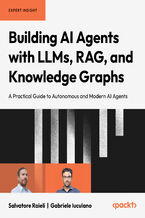


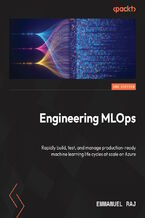



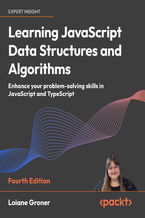
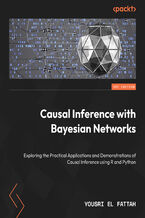





Oceny i opinie klientów: Designing Microservices Platforms with NATS. A modern approach to designing and implementing scalable microservices platforms with NATS messaging Chanaka Fernando
(0)